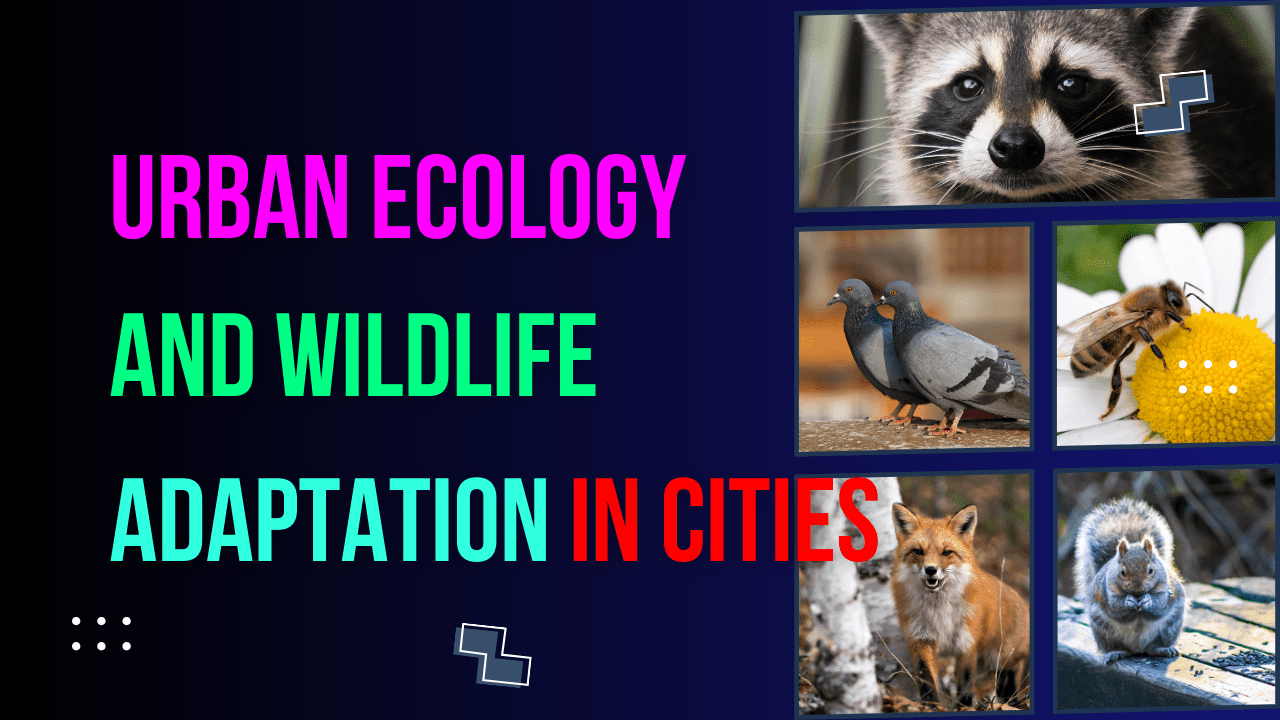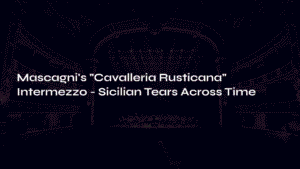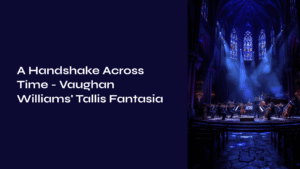Table of Contents
Intro
A secret environment not only lives, but also does very well in the huge concrete jungles we call home. Animals that live in cities make a living despite the noise of cars, the height of buildings, and the constant activity of people. This shows how adaptable and resilient nature is. Because of the unique problems and chances they offer, our towns have become odd safe havens for many animal species. Let’s get a better look at these brave city dwellers.
What a Great Adaptation
Animals have a hard time in cities because they have to find their way through concrete mazes and find food in a world full of asphalt. But a lot of species haven’t just changed; they’ve thrived. Animals like raccoons are very good at getting into our trash cans, and pigeons fly through cities like they’re professional fliers. These animals have made cities their playground by finding holes in our buildings and using the resources we give them without knowing it.
Raccoons are the masked thieves of suburbia.
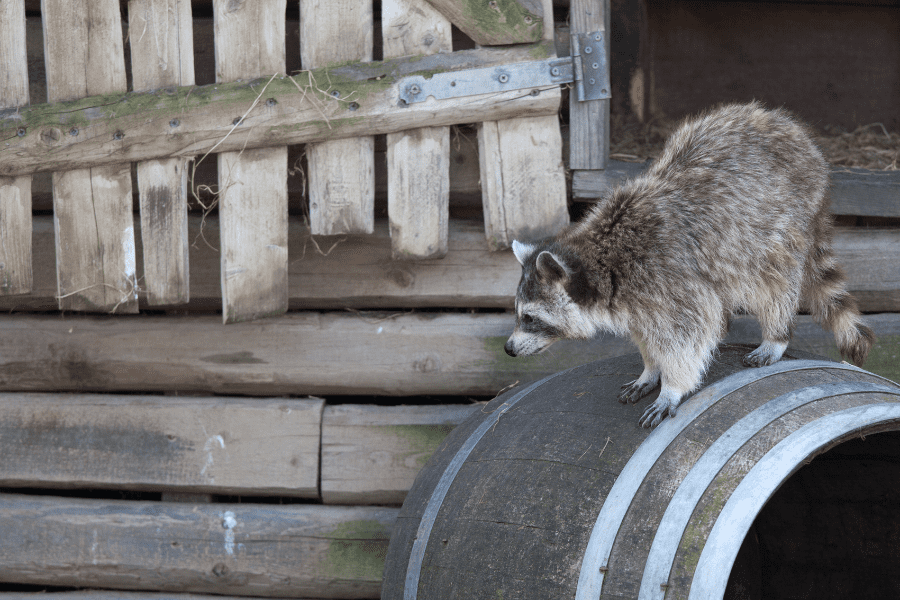
With their unique masks and quick fingers, raccoons are the masters of getting away from people in cities. Their raids at night are like those of a professional thief; they go through our trash and take leftovers like they’re part of a big heist. These animals are smart and can easily adapt to new settings, so they do well in cities that are very different from where they live in the wild. The raccoon’s ability to live with people, even though they aren’t always seen, shows how smart and useful they are.
Pigeons: The Birds That Live in Downtown
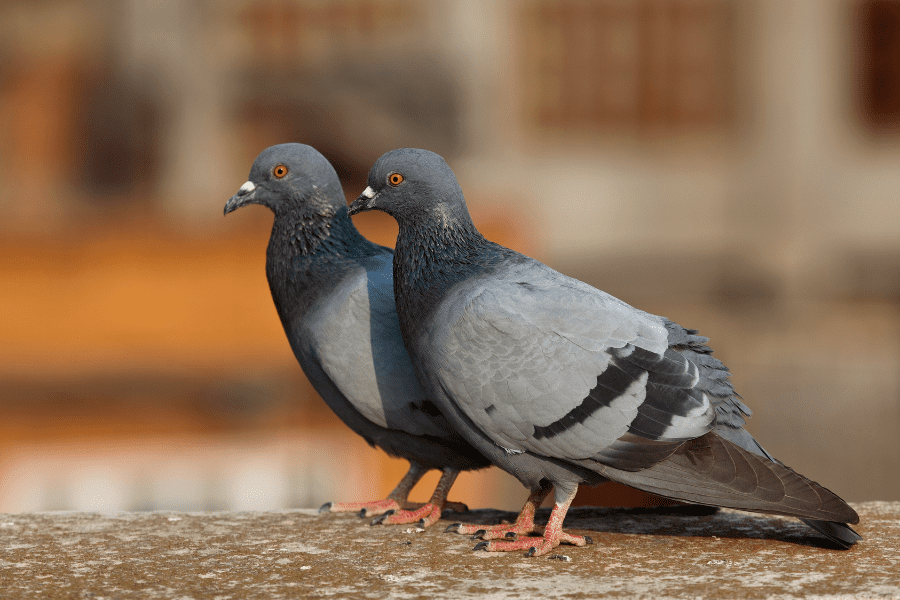
Pigeons, which are often ignored and misunderstood, are amazing examples of how animals can live in cities. Their position in city areas around the world shows how adaptable and strong they are. In an environment mostly made of concrete, these birds are amazingly good at finding food. They do this by digging through human waste and using our buildings as nests. Pigeons are not just a bother, they are very important to the environment of cities because they collect trash and make city life more interesting.
The Talk in the Air: Bee Hive Cities
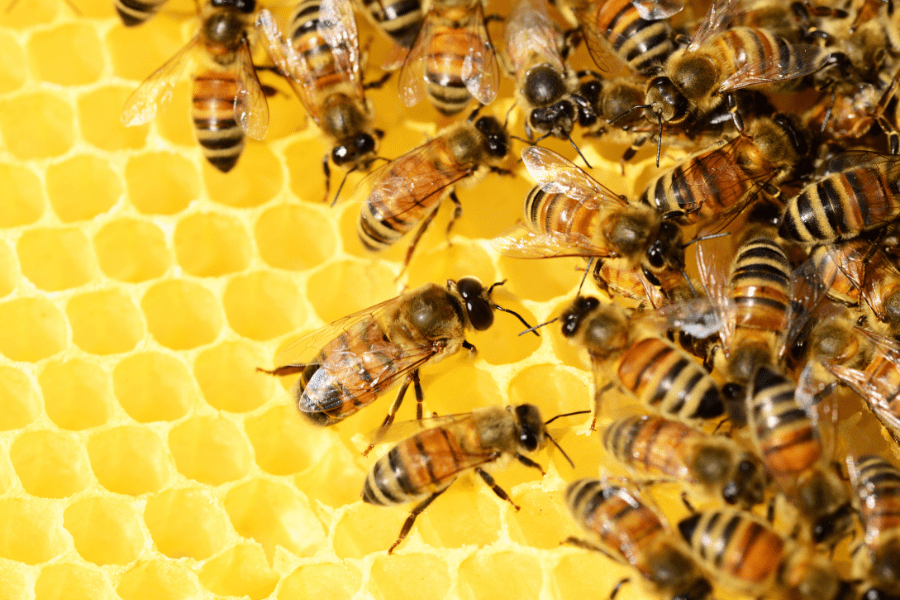
In an interesting turn of events, cities have become safe havens for bee populations that are falling in rural areas because of heavy farming and habitat loss. Bees can find a wide range of flowers and plants in urban gardens, parks, and rooftop green areas. These places give bees the food and shelter they need to grow. In turn, these important insects make cities greener, which is good for people’s health and the health of city environments. The success of urban bees is a sign of hope because it shows that towns can help solve environmental problems.
Foxes: The Nighttime Wanderers of City Nights
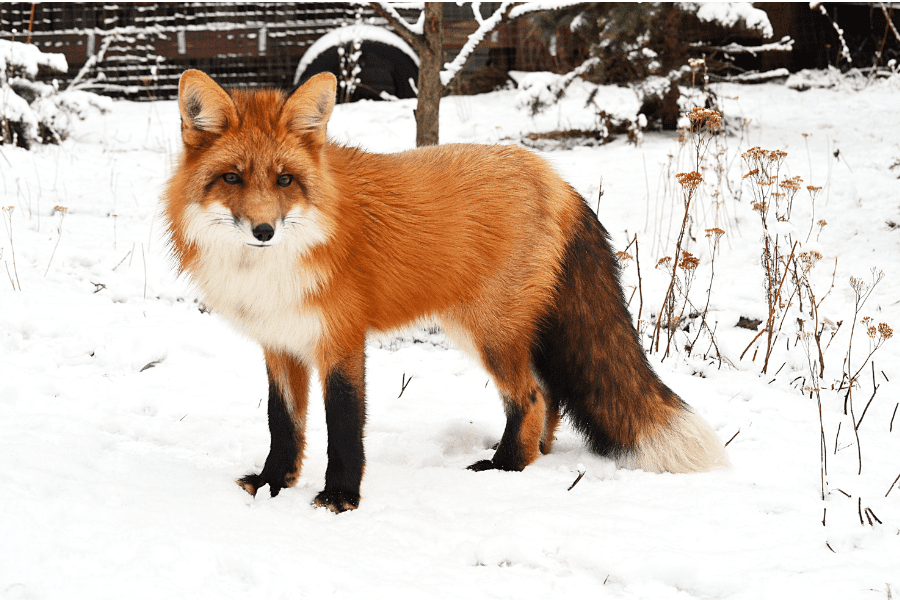
The smooth fur and smart minds of foxes have helped them become very good at sneaking around cities at night. These smart animals take advantage of the large amount of food that is available in towns, including small animals, birds, and food that people leave out without being picked up. Their appearance in cities reminds us of the wildness that lives among us and urges us to remember the natural world that thrives in the corners of our cities.
Squirrels are like the agile acrobats of city parks.
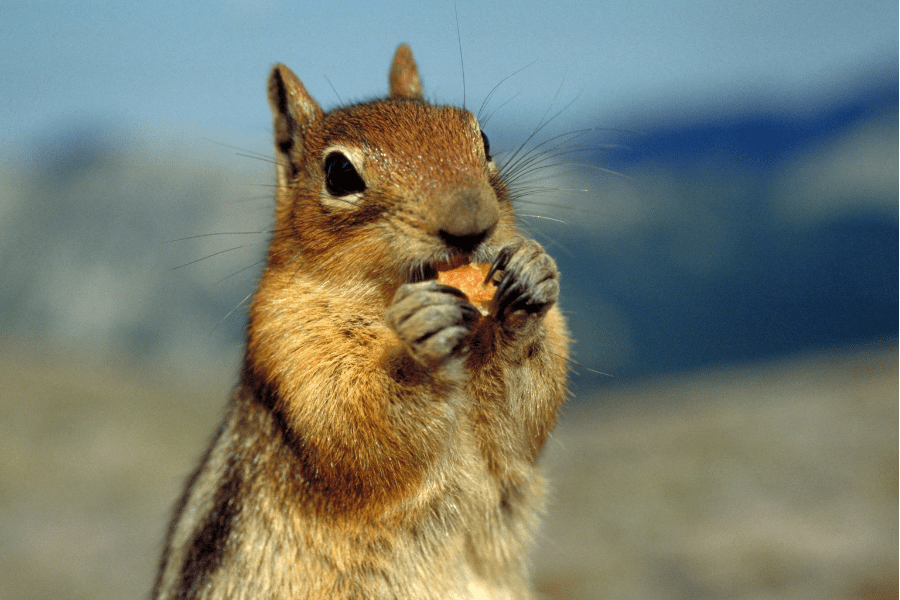
With their long tails and active antics, squirrels are easy to spot in parks and other green areas. These quick animals have done amazingly well in city life, using the high space of buildings and trees to nest and find food. Their playful chases and acrobatic tricks give city people a daily dose of nature and excitement, and they remind us of the joy and wonder that wildlife brings to our cities.
Embracing Urban Ecology for Harmonious Coexistence
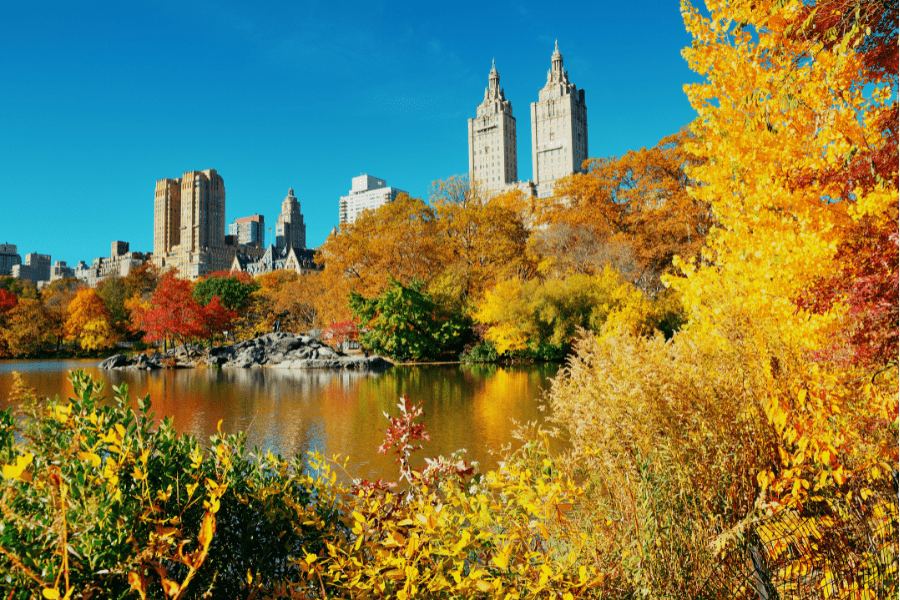
These kinds of wildlife that live in cities show how nature can survive as people move in and change it. They tell us that towns aren’t just places for people to live; they’re also places where animals can and do thrive. In order to live in harmony with nature, we can help these city people by recognizing their worth and rights. We can make cities more biodiverse and rich by planning cities that are wildlife-friendly, making green areas, or just giving wildlife the room and respect it needs.
In the end: A Call to Appreciate and Protect Urban Ecology

As we go about our daily lives in the city, let’s take a moment to appreciate the remarkable adaptability of urban wildlife and their contribution to the urban ecosystem. The coexistence of humans and animals in cities is a testament to the resilience and complexity of urban ecology. By embracing and protecting this natural heritage, we can ensure that our cities remain vibrant ecosystems full of life and wonder.
Discover More
If this article made you happy and taught you something, I’m sure our next article will do the same for you. Each piece is carefully written to help you understand things better and enjoy reading more. So, to keep exploring and having fun, just click on this link to go to our next story.
Bioluminescence: Illuminating Earth’s Natural Wonders – ReViewMaster DEN (rvmden.com)
Is teleportation actually possible? – ReViewMaster DEN (rvmden.com)
